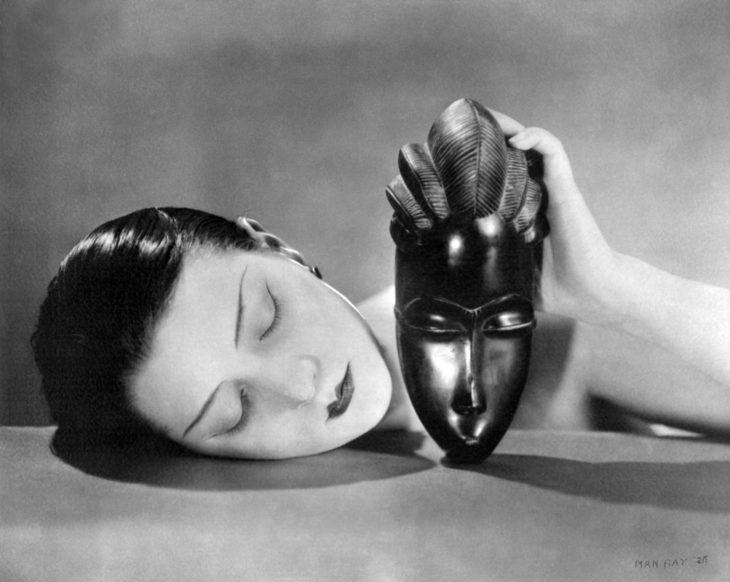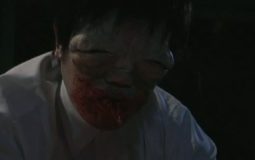The Seashell and the Clergyman
La coquille et le clergyman
FR 1927 | 39 Min
| DCP
Metro Pleskow
Buy tickets
Sa, 28.09. | 18:30

Together with Wolf’s Hole.
Surrealism is traditionally considered the domain of the male artist, and in Surrealist filmmaking the standard reference point is Luis Buñuel’s Un chien andalou (1929). What is often forgotten is the work of women Surrealists, here French avant-garde filmmaker Germaine Dulac, who created The Seashell and the Clergymen. Described by the BFI as an “important early example of radical experimental feminist filmmaking”, the film follows an obsessive priest who falls, crawls, chases and strangles the figures who get in the way of his pursuit of his desired, yet forbidden, woman. At a Paris screening at Studio Les Ursulines in 1928, the film was advertised as “a dream on the screen”. But is it a nightmare?
Germaine Dulac
(*1882; ✝1942) was a feminist, socialist, and pioneer filmmaker of the 1920s and 30s French avant-garde. She played a founding role in the evolution of cinema as both a lyrical art and a social practice. Dulac directed more than thirty silent era fiction films, many developing new cinematic tendencies from Impressionist to abstract, before going on to produce an equivalent number of non-fiction films during the early sound period. She is best known for The Smiling Madam Beudet and The Seashell and the Clergyman.
(*1882; ✝1942) was a feminist, socialist, and pioneer filmmaker of the 1920s and 30s French avant-garde. She played a founding role in the evolution of cinema as both a lyrical art and a social practice. Dulac directed more than thirty silent era fiction films, many developing new cinematic tendencies from Impressionist to abstract, before going on to produce an equivalent number of non-fiction films during the early sound period. She is best known for The Smiling Madam Beudet and The Seashell and the Clergyman.
Metro Pleskow
Sa, 28.09. | 18:30








